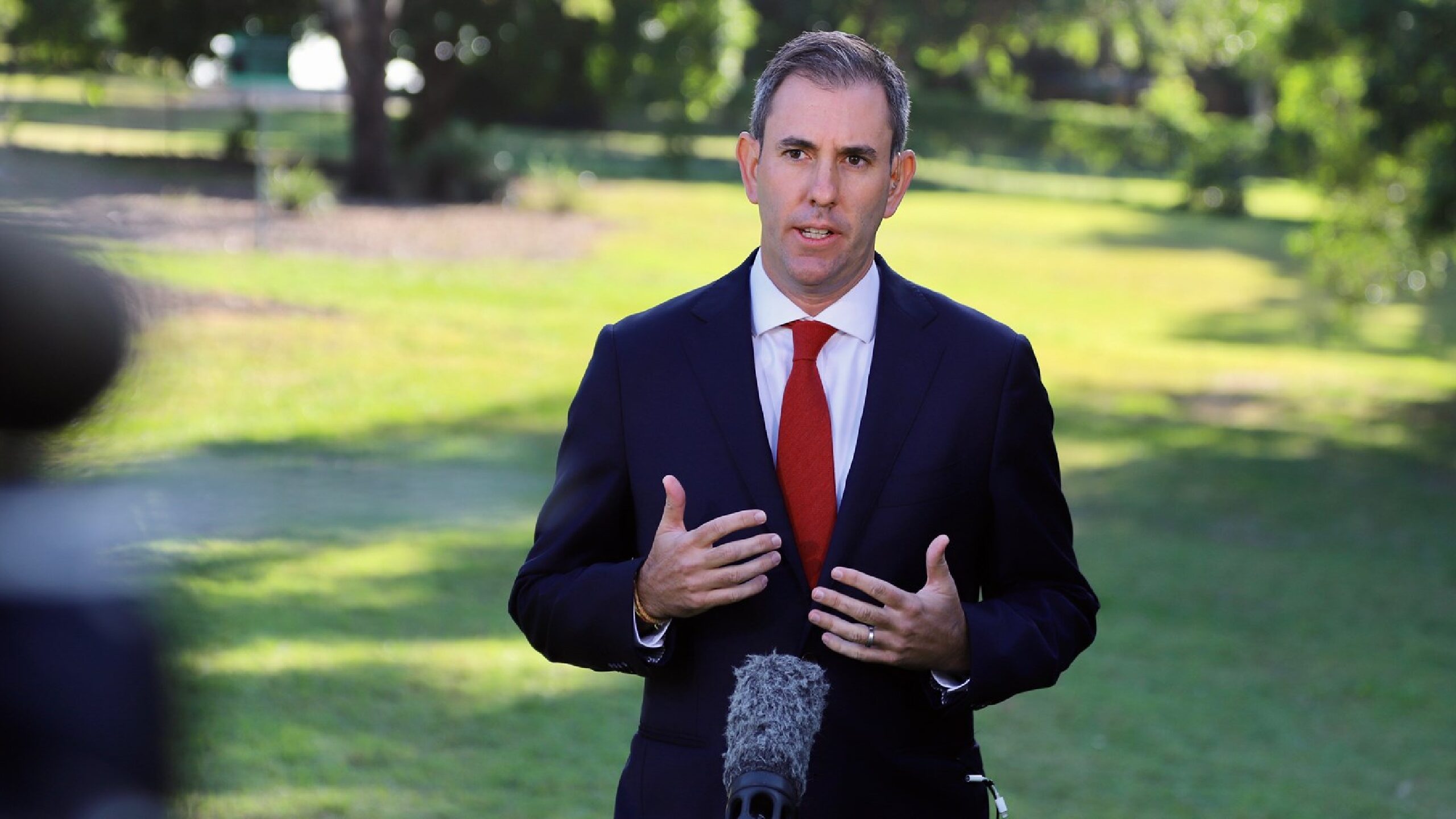Australian dollar weakens on global recession fears
The Australian dollar has continued its downward descent against its US counterpart as investors flock to safety over a weakening global economic outlook.
Compared to the US dollar, Australia’s currency has depreciated 13.47 per cent this year to currently rest at $0.628. Removing the short-lived crash when the pandemic hit in March 2020, it is the lowest level of the Australian dollar against the greenback since 2008. Last week the International Monetary Fund (IMF) downgraded global growth expectations for next year, citing three “powerful forces” creating challenges for governments and policymakers: broad and persistent inflation, Russia’s invasion of Ukraine and an economic slowdown in China.
“More than a third of the global economy will contract this year or next,” the IMF’s report stated. “In short, the worst is yet to come, and for many people 2023 will feel like a recession.”
Subsequently, investors have rushed to de-risk portfolios and move to the ‘safest’ assets: US dollars and US treasuries.
The US dollar’s strength has also been boosted by widening interest rate differentials. This refers to the difference between interest rates received on comparable assets or benchmarks. Given the choice of two securities with the same risk, flows will move to the one with the higher return.
Current market pricing suggests the RBA will halt the cash rate at 3.98 per cent, whereas the median economic projection for the US Fed funds rate is 4.60 per cent.
BetaShares chief economist David Bassanese says the RBA’s “unwillingness” to follow the US Federal Reserve into more aggressive interest rate increases will push the Australian dollar lower.
“I now suspect the [Australian dollar] will break to at least $0.58 over the next three to six months,” Bassanese predicts.

RBA yet to fret over imported inflation
Should he be proven correct, Australia risks importing inflation from the United States as the domestic currency purchases fewer goods. However, the RBA has largely shrugged off this risk when it slowed the pace of interest rate rises this month.
The RBA surprised the market with a 25 basis point move to bring the cash rate to 2.60 per cent. This followed four consecutive 50 basis point hikes and is at odds with other major central banks which are yet to pivot to less aggressive increases.
In minutes released from its October monetary policy meeting, RBA board members acknowledged the strength of the US dollar against other currencies including the Japanese yen and the UK pound. However, it was more sanguine on the Australian dollar given the resilience of the trade-weighted index (TWI).
“Members noted that the trade-weighted exchange rate typically has a greater bearing on imported inflation than bilateral rates”, the minutes stated.
The TWI − which measures movements in the Australian dollar relative to the other currencies, weighted by the share of trade with each foreign country − has fallen just 2.45 per cent this year. Australia has benefitted from record terms of trade with buoyant commodity prices, namely thermal coal and natural gas, supporting the local currency.
At the recent annual general meeting of asset manager BKI, director Tom Millner said the decline in the Australian dollar “is more a reflection of the strength of the US dollar as opposed to the weakness of the Australian dollar”.
“Against most other global currencies, the AUD has held up quite well.”
Opportunities for overseas earners
Milner adds the weaker Australian dollar is a tailwind for exporters that repatriate US dollar earnings back home. He notes energy, resources, agriculture, and tourism as potential sectors that will benefit.
Subsequently, he expects higher dividends from companies that report in US dollars including BHP, Rio Tinto, Woodside, Amcor and James Hardie.










